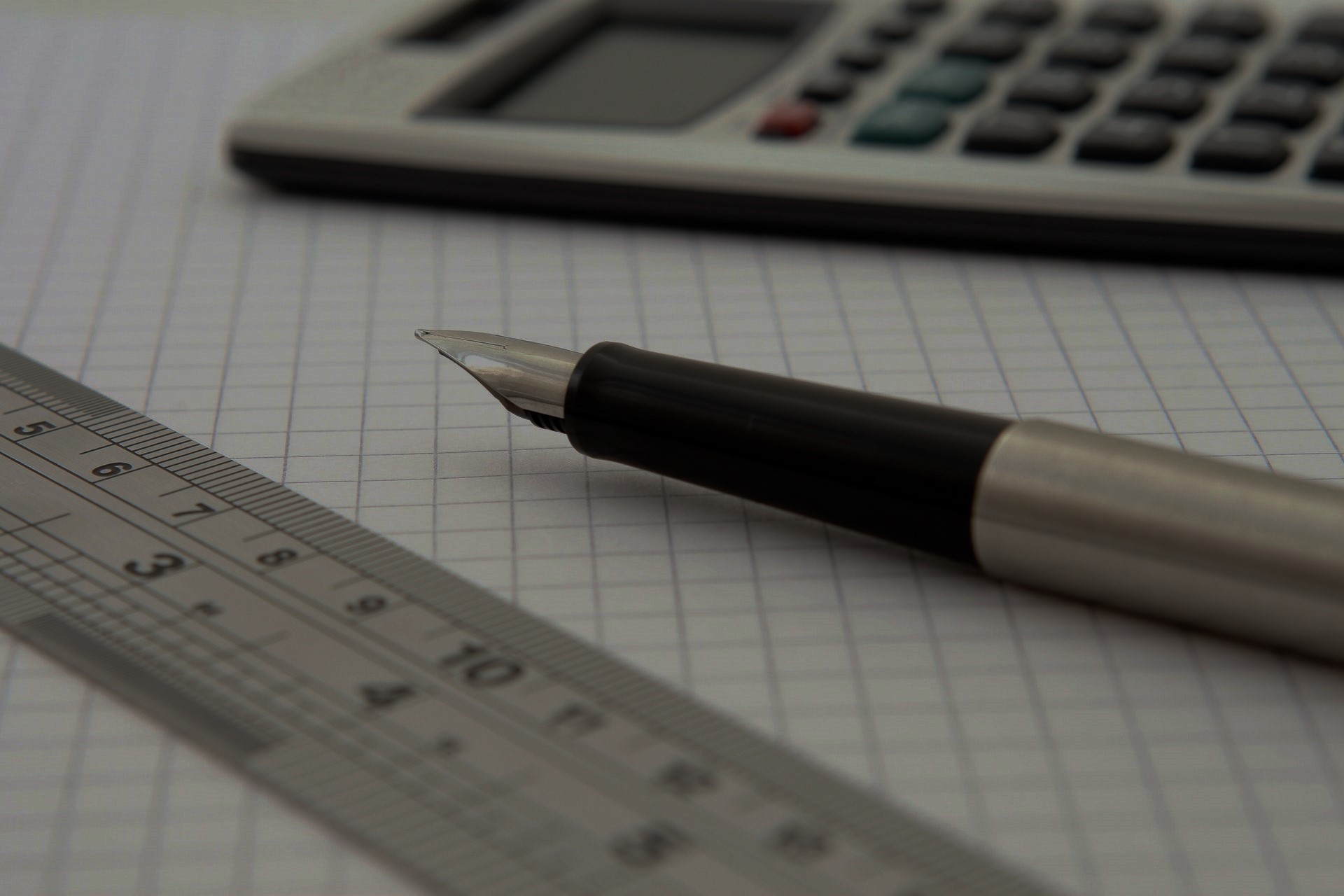-
Steps in the Appraisal Process
The valuation of single family dwellings relies heavily on a comparison of recently sold properties to the property being valued. Since the objective of the exercise is to predict what the subject would most likely sell for, if exposed to the market place, recent sales of similar properties are used as the yardstick. They represent what other buyers are prepared to pay. While no two properties can be exactly alike, adjustments to actual selling prices of these comparable properties guide the appraiser in coming to a conclusion of market value for the subject property.
Once an appraiser is contacted to appraise your home, expect a phone call to set a convenient time for an inspection. Inspections typically take between 20 and 40 minutes to complete, however, can last longer, depending on the size of the home and the complexity of the property. The appraiser will want to collect as much information as possible during the inspection of the home. In order to complete the comparison process accurately, be prepared to discuss important features of your property. For example, the original date of construction, dates of any major additions or renovations, and extra features (and if not original installations, the dates they were added).
The appraiser is also required to compile information about recent marketing activity on your home. While public information is often available, the appraiser may inquire about any listings of the property (including private listings) or offers to purchase in the past twelve months, as well as any sales of the property for the previous three years.
It should be noted that most of the valuation process occurs after the inspection is complete, therefore a value will most likely not be given during the inspection. It is often a complex process and involves collecting and analyzing anywhere between 3 and as many as 10 or more comparable properties in order to form a reliable estimate of market value.



